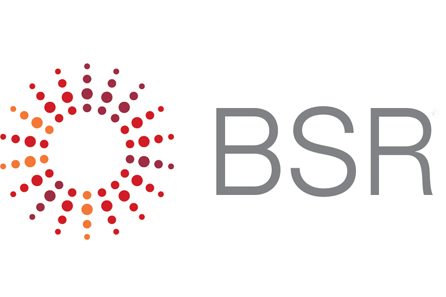The Water Stewardship Journey framework maps the various activities that companies generally implement as part of their water stewardship strategies. While the Journey is illustrated as a sequence, with some activities typically coming before others, there is one core activity that is ongoing throughout: Communication.
Here I guide you through the basics of any comprehensive communication process as pertains to water stewardship.
Step 1: Stakeholder consultation and dialogue
Central to the Communication phase of the Journey are stakeholder relationships. Responsible and strategic companies foster lasting relationships with key stakeholders – people and groups potentially affected by or dependent upon the company, or who otherwise have a stake in the business. Such relationships are meant to help companies:
- Identify risks and impacts
- Craft strategic and mutually-beneficial responses to those risks and impacts
- Stay accountable to its commitments and responsibilities
- Lay the groundwork for possible future collaboration and partnerships
While key stakeholders will vary across industries and companies, they will often include:
- Communities in which the company operates
- Employees
- Customers
- Suppliers
- Investors
- Relevant NGOs
- Academia
- Government agencies
- Utilities
- Other businesses
There is no definitive, one-size-fits-all approach to building relationships. Each stakeholder will differ depending on their cultural inclinations, relationship to the company, level of trust working with corporates, and a wide range of other factors. However, the most effective stakeholder engagement processes will be: 1) proactive rather than reactive, 2) clearly and sensibly scoped and 3) learning-oriented; a dialogue where the company is genuinely open to changing its position. Further, it should be clear from the outset whether decisions will be made in consensus with stakeholders or the engagement is consultative in nature, with ultimate decision-making power remaining with the company. Stakeholders should have a clear understanding of such arrangements (and agree to them explicitly) before the engagement begins.
Companies can conduct stakeholder engagement through a variety of different means, ranging from low-impact (e.g., online surveys) to intensive (e.g., multi-day roundtables mediated by professional facilitators). They can also implement ongoing feedback mechanisms to ensure that these engagement processes meet the needs and expectations of stakeholders, and to continuously improve those processes over time.
Step 2: Disclosure & reporting
Another critical piece of Communication is regularly reporting to stakeholders about the company’s water-related risks, impacts, performance, strategy, and targets. Corporate water disclosure is the act of reporting to stakeholders information related to the current state of a company’s water management, the implications of that state for the business and its stakeholders, and how the company develops and implements strategic responses.
Disclosure helps companies:
- Improve their internal understanding of water-related risks, opportunities, and impacts
- Demonstrate good practice to stakeholders
- Establish dialogue with stakeholders and strengthen trust and accountability
The most relevant and material water-related topics to report will vary largely from company to company and industry to industry. Key topics for each company will depend on the circumstances of the river basins in which they operate and the way their business uses and affects freshwater resources. To be effective in its reporting, a company must determine which water-related topics are most important to its stakeholders, which topics have (or may have) significant impacts on people and ecosystems, and which have the potential to generate risks or opportunities for the business. Key questions companies consider during this process include:
- What is the likelihood and severity of the impacts?
- Does this topic compromise the company’s license to operate in a specific location?
- Might this trend or condition eventually disrupt the company’s operations or value chain?
- Is there an opportunity to gain competitive advantage through action in this area?
- Might action in this area further assure investors and markets?
- Does this topic compromise the company’s ability to uphold its own values and ethics?
Ultimately, companies report the issues that are most significant, meaning they have either a higher degree of influence on stakeholder decision-making and relevance to the business itself.
With both engagement and reporting processes in place, companies ensure that they have a firm grasps of their risks and impacts, and of the viewpoints and interests of their key stakeholders, while also remaining accountable and responsive to those stakeholders.
Companies can and do report on water through a variety of mechanisms. The CEO Water Mandate’s Corporate Water Disclosure Guidelines offers an overview of many of these different avenues, along with guidance on how companies can adapt their reporting to different contexts and stakeholders. The most common corporate water disclosure mechanisms include:
- Reporting on water stewardship commitments: CEO Water Mandate Communications on Progress
- Reporting on water-related business risks (and response): CDP Water Questionnaire
- Reporting water-related impacts caused by business (and response): Global Reporting Initiative Standard 303: Water

